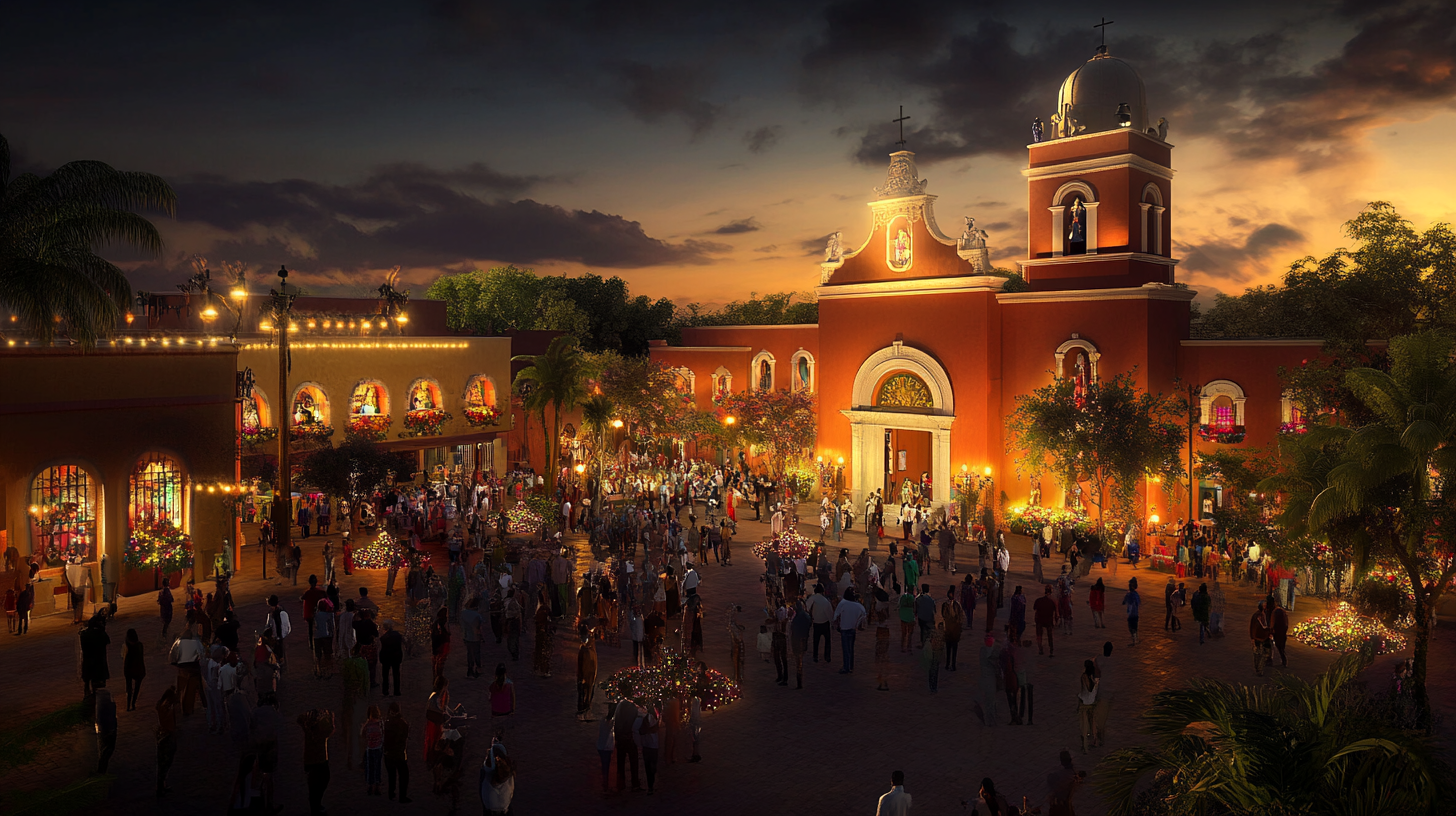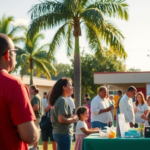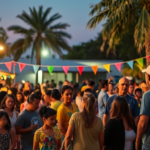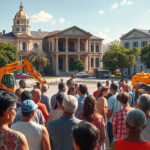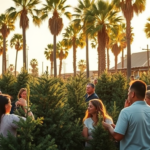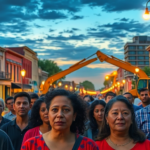Mariachi Music Enriches San Juan Basilica During Holy Week
The Basilica of Our Lady of San Juan Del Valle, a cornerstone of religious and cultural life in the Rio Grande Valley, resonates with the heartfelt sounds of mariachi music during Holy Week. This tradition, which has been enriching the experiences of Valley residents since its inception in 1985, celebrates the convergence of faith and cultural heritage in a vibrant community setting.
Historical Roots and Cultural Significance
The presence of mariachi music at the San Juan Basilica dates back to 1985, when the choir group led by Francisco Morales was tasked with the challenge of forming a mariachi ensemble by Father Manuel Villarreal. Despite their initial unfamiliarity with the genre, Morales and his group dedicated themselves to mastering mariachi music, an endeavor that evolved into an integral facet of religious observance at the Basilica.
“For many of us, mariachi is not just music; it’s a testament to our heritage and our identity,” says Morales. “The challenge Father Villarreal presented to us became a journey that enriched our ability to contribute to the community.”
A Local Tradition with Broader Resonance
The incorporation of mariachi music into religious services reflects the broader cultural milieu of the Rio Grande Valley, where South Texas communities proudly nurture their Hispanic roots. This tradition transcends generations, bringing together residents from all walks of life for a shared experience that is both spiritual and culturally affirming.
Father Jorge Gomez, who hails from Jalisco, the heartland of mariachi, underscores the importance of this musical tradition at the Basilica. “Without the mariachi, the Basilica is not the same. It is an essential part of who we are as a community,” he shares. For Father Gomez, the presence of mariachi music at religious services is akin to bringing a piece of Jalisco to the Valley—an act of cultural enculturation that enriches liturgical practice.
Local and Regional Impact
The model established at the San Juan Basilica has inspired similar initiatives throughout the Diocese of Brownsville. Churches across the region, such as Holy Spirit in McAllen, have followed suit, creating their own mariachi groups that integrate local culture into religious practice. This phenomenon highlights the potential for mariachi music to unify communities, fostering a sense of connection among Valley residents and beyond.
Jose Martinez, a local cultural advocate, remarks on the importance of this tradition in reinforcing community identity. “The way mariachi music thrives in our churches mirrors the strength and unity of the Valley’s spirit. It’s a beautiful representation of our values and our resilience.”
This cultural emphasis on music as a communal language has broader social implications, acting as a bridge that welcomes diverse populations into the RGV’s rich tapestry.
Connections to Ongoing Initiatives
The embrace of such cultural traditions is not an isolated event but part of a larger narrative of cultural preservation and community involvement. The initiative aligns with ongoing efforts like the “Made in the 956” campaign, which aims to highlight unique aspects of Valley life and strengthen local ties through recognizable cultural markers.
Although this tradition’s immediate effect is a more enriched Holy Week, its long-term influence supports broader tourism and community engagement efforts. Visitors are drawn not only by the religious significance but also by the cultural vibrancy that mariachi music symbolizes. It extends invitations to those from outside the Valley, fostering a diversity of spiritual and cultural experiences.
Future Directions and Community Engagement
As the tradition continues to evolve, there is potential for increased collaboration between cultural institutions and educational programs in the Valley, enhancing both learning and engagement opportunities for young musicians. Morales hopes that this initiative will inspire future generations to embrace their cultural heritage while contributing creatively to their communities.
Meanwhile, residents and visiting Valley residents continue to be captivated by the evocative music that fills the San Juan Basilica during Holy Week. Attendees are invited to not simply hear mariachi music but to feel it as a legacy—one that upholds the spirit of the Rio Grande Valley now and for years to come.
For those interested in experiencing this tradition firsthand, the Basilica offers various masses throughout Holy Week, welcoming all to participate in the rich cultural and religious tapestry that defines South Texas. Contact the Basilica’s administrative office or visit their website for a complete schedule of events and additional information on participating in local initiatives.
The story of mariachi music at the San Juan Basilica is a testament to the enduring power of cultural expression to foster community connection and resilience, resonating with Valley residents and shaping the vibrancy of South Texas life.

